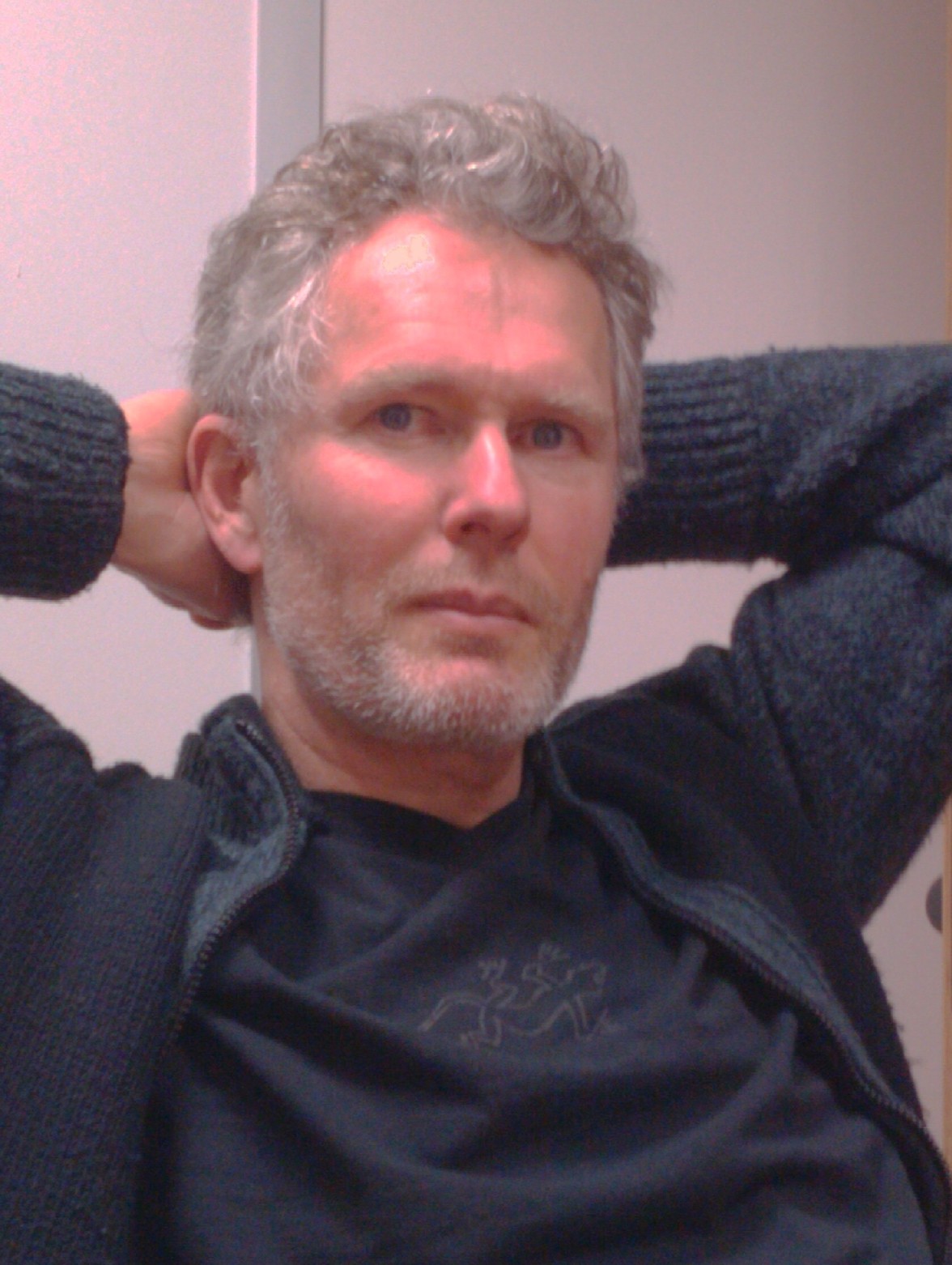My Scientific favourites
1- Chris Knight’s model of the emergence of human culture
Knight is aware of many constraints (esp. evolutionary and ethological constraints) that are merely ignored by most scholars in anthropology. His great achievement is to put logic in what, otherwise, looks like a vast mess of anecdotal anthropological facts.
Knight’s logic is impressive! Just read his Blood relations – Menstruations and the origin of culture (Yale University Press, 1991). Read the New Scientist’s review by Kate Douglas.
2- Michael Leyton’s generative theory of shape
Leyton construction captures a fundamental property of human cognition. Our brain is not any universal Turing machine. We are bound to see the world through nested group operations.
Leyton’s work, though mathematically intricate, is insightful. I am impressed by its explanation power. Just read his Symmetry, Causality and Mind (MIT Press, 1992) and A generative theory of shape (Springer Verlag 2001).
3- Peter Gärdenfors theory of meaning
"Peter Gärdenfors is creating a new science of meaning. The recent ideas, expressed so clearly in The Geometry of Meaning, make his achievements even more impressive. The book leaves us with the impression that semantics may be a tractable problem after all."
4- Gregory Chaitin’s ideas in epistemology
You can download the book he wrote for a large audience for free:
Chaitin, G. J. (2005). Meta Math! The quest for Omega. Vintage Books, ed. 2006.
The fact that Algorithmic Information might be applied beyond the strict limits of pure maths inspired me when I developed Simplicity Theory, and it motivated me to create the MOOC Understanding AI through Algorithmic Information Theory.5- This hypothesis suggesting that ribosomes...
Root-Bernstein, M. & Root-Bernstein, R. (2015). The ribosome as a missing link in the evolution of life. Journal of Theoretical Biology, 367, 130-158.
I find this theory illuminating and I am only surprised that it is not better known.6- The hypothesis suggesting that consciousness...
von der Malsburg, C. (1981). The correlation theory of brain function. Göttingen: Internal Report 81-2, Abteilung für Neurobiologie, MPI für Biophysicalische Chemie.
This hypothesis has then been popularized by Francis Crick (yes, that one) and Cristof Koch:Crick, F. & Koch, C. (1990). Towards a neurobiological theory of consciousness. Seminars in the neurosciences, 2 (), 263-275.
and had some influence in neuroscience (see for instance works of Wolf Singer). However, probably due to the difficulty of recording many cells simulatenously, the neuroscience part has not yet been developed at the level it derserves. Similarly, the modeling part initiated by von der Malsburg has somewhat stalled (as far as I can see) after a good start (see for instance (Shastri & Ajjanagadde, 1993)). I still expect a revolution in this domain.


